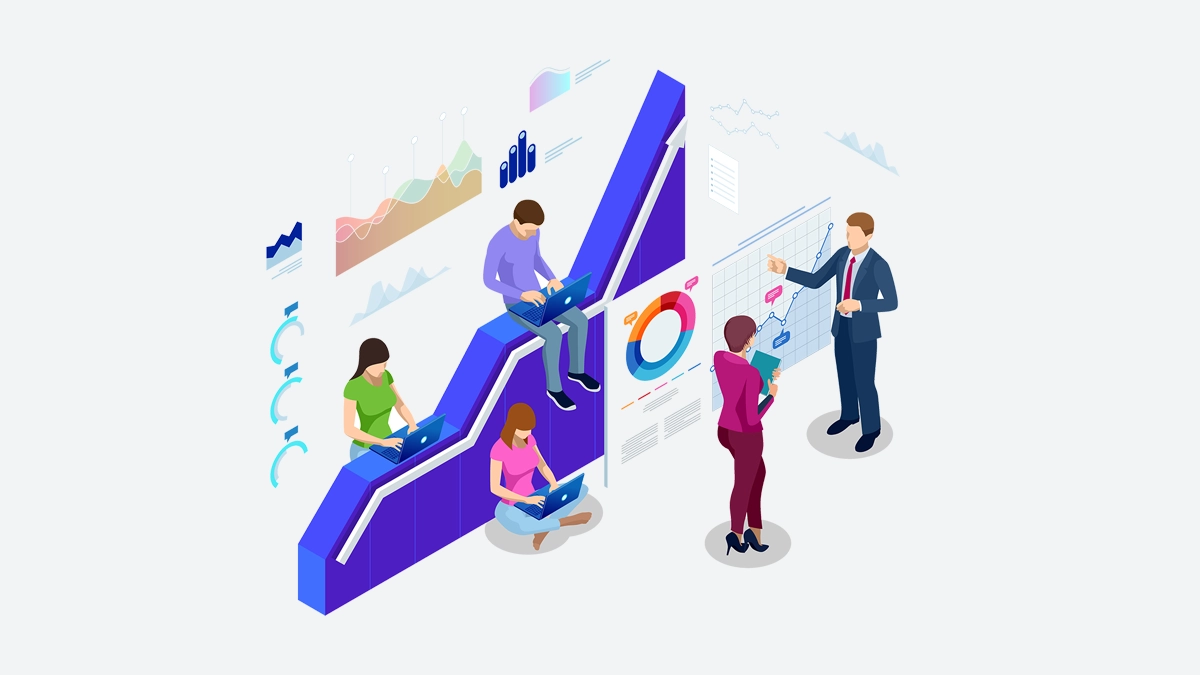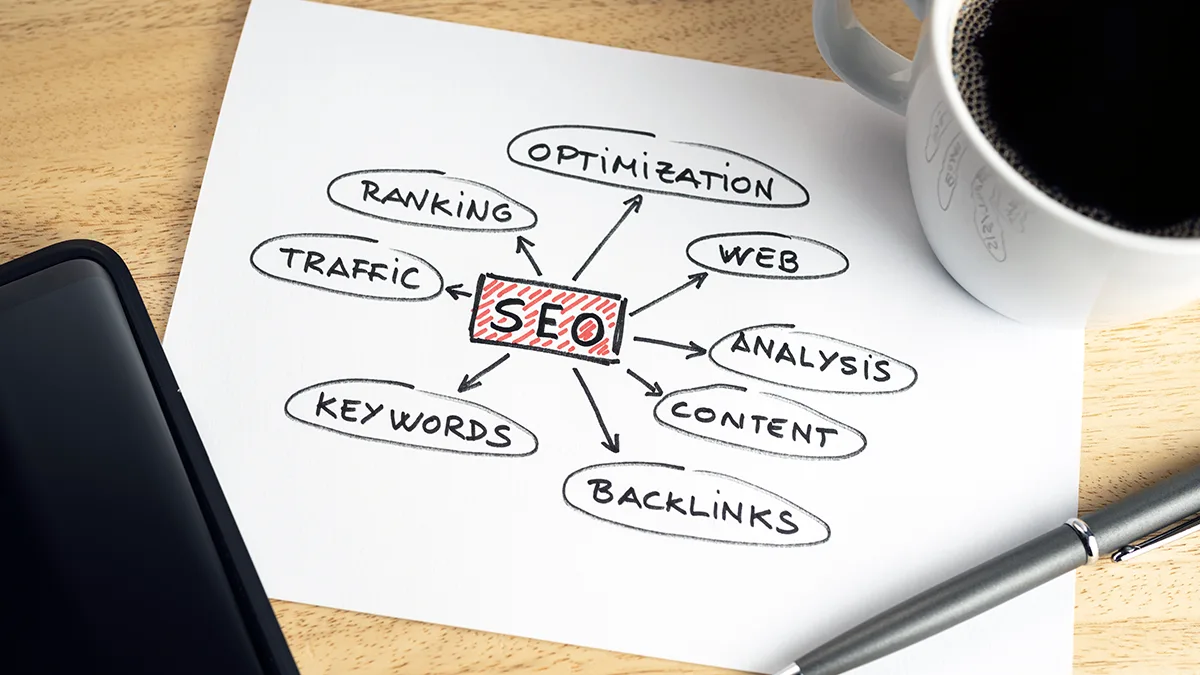B2B SEO in London: How Our Agency Delivers Results for Service Companies. Helping service-based businesses…

Google Penalties: A Comprehensive Guide
Google Penalties: How to recover from Google Penalties. The initial phase in recovering from a Google penalty involves confirming whether your website has indeed been penalized. Recognizing the signs of a penalty is crucial to take appropriate corrective actions.
A sudden and significant drop in website traffic or search rankings often serves as a primary indicator of a potential penalty. Monitoring your website’s performance metrics regularly can help you detect these changes promptly.
Google Penalties: A Comprehensive Guide
Google Search Console is an essential tool for diagnosing penalties. By logging into your Google Search Console account, you can check for any manual action notifications.
These notifications will inform you if your website has violated Google’s quality guidelines.
Additionally, the Search Console provides insights into specific issues that need to be addressed to lift the penalty.
Another method to identify penalties is by using various SEO tools such as Ahrefs, SEMrush, and Moz. These tools can analyze your website’s backlink profile, identify toxic links, and provide a comprehensive overview of your site’s health.
They can also track historical data, helping you pinpoint the exact time when the drop in traffic or rankings occurred, which can be correlated with any algorithm updates from Google.
Manual penalties and algorithmic penalties
It’s important to distinguish between manual penalties and algorithmic penalties. Manual penalties are explicitly communicated through Google Search Console, while algorithmic penalties are a result of updates to Google’s search algorithms.
To identify algorithmic penalties, compare the timing of your traffic drop with the dates of known Google algorithm updates. Resources like the Moz Google Algorithm Change History can be useful in this regard.
In summary, identifying a Google penalty involves vigilant monitoring of your website’s performance, utilizing tools like Google Search Console and third-party SEO tools, and understanding the nature of the penalty—whether manual or algorithmic.
By effectively diagnosing the issue, you can proceed with targeted actions to recover from the penalty and restore your site’s search engine visibility.
Understanding Manual and Algorithmic Penalties
Google penalties can significantly impact a website’s visibility and traffic. They fall into two primary categories: manual and algorithmic. Understanding the differences between these penalties and knowing the immediate steps to take can help mitigate their negative effects.
Manual penalties are directly imposed by Google’s team when a website is found to be in violation of Google Search Essentials, which were previously known as Webmaster Guidelines.
These violations can include practices such as keyword stuffing, cloaking, or creating thin content that adds little value to users. When a manual penalty is issued, the website owner is notified via Google Search Console, detailing the specific reasons for the penalty.
Immediate steps should include reviewing the notification, identifying the problematic areas, and making the necessary corrections. After addressing the issues, a reconsideration request can be submitted to Google for re-evaluation.
Algorithmic penalties are automatically applied by Google’s algorithms
On the other hand, algorithmic penalties are automatically applied by Google’s algorithms when a website’s content or practices do not align with the search engine’s quality standards.
Algorithmic penalties often arise from updates to Google’s algorithms, such as the Panda or Penguin updates, which focus on content quality and backlink profiles, respectively. Unlike manual penalties, algorithmic penalties do not come with a direct notification.
Website owners usually notice a sudden drop in rankings or traffic, which serves as an indicator of an algorithmic penalty.
The immediate steps to address an algorithmic penalty include conducting a thorough site audit to identify potential issues, improving content quality, removing or disavowing poor-quality backlinks, and ensuring adherence to Google’s best practices.
Both types of penalties require a proactive approach for recovery. Manual penalties may involve direct communication with Google, while algorithmic penalties necessitate ongoing optimization and adherence to quality guidelines.
By understanding the nature of these penalties and taking swift action, website owners can work towards regaining their site’s ranking and visibility in Google search results.
Steps to Recover from Manual Penalties
Recovering from a manual penalty imposed by Google necessitates a meticulous and systematic approach. The first crucial step involves conducting a comprehensive site audit to pinpoint all the issues flagged by Google.
This audit should encompass various elements, including content quality, backlink profile, and overall site structure.
Utilize tools such as Google Search Console, SEMrush, or Ahrefs to gain detailed insights into the specific reasons behind the penalty. Identifying these issues is paramount to formulating an effective recovery plan.
Once the problematic areas are identified, the next step is to clean up the issues. If the penalty is due to low-quality or spammy content, remove or substantially improve these pieces.
Ensure that all content on your site adheres to Google’s quality guidelines. For backlinks, disavow any unnatural or spammy links that may be harming your site’s credibility. This can be done through Google’s Disavow Tool.
Make sure to document all the changes and improvements made during this cleanup process, as this will be crucial for the next step.
Reconsideration request to Google
After thoroughly auditing and rectifying the issues, the next critical phase is submitting a reconsideration request to Google. This request should be detailed and transparent, outlining all the steps taken to address the flagged issues.
Include specific examples and evidence of the improvements made. The goal is to demonstrate to Google that your site now complies with their guidelines and that the issues leading to the penalty have been resolved.
To prevent future penalties, adopt best practices for maintaining a healthy and compliant website. Regularly audit your site to ensure ongoing adherence to Google’s guidelines. Prioritize high-quality, original content and maintain a natural backlink profile.
Regularly monitor your site’s performance and stay updated with any changes in Google’s algorithms and guidelines. By implementing these preventive measures, you can safeguard your site from potential penalties and ensure sustained, compliant growth.
Recovering from Algorithmic Penalties
Algorithmic penalties, often triggered by updates to Google’s search algorithms like Panda or Penguin, can significantly impact your website’s visibility and traffic.
These penalties are not manually imposed but are the result of algorithmic updates that aim to improve the quality of search results.
Recovering from such penalties involves a comprehensive approach centered around high-quality content, proper link-building strategies, and ongoing site maintenance.
First and foremost, diagnosing the penalty is crucial. Utilize tools like Google Search Console to identify any sudden drops in traffic coinciding with known algorithm updates.
This can provide insight into whether your site was affected by changes targeting low-quality content, spammy backlinks, or other factors.
High-quality content is the cornerstone of recovery
High-quality content is the cornerstone of recovery. Ensure that your content is not only relevant but also well-researched, informative, and engaging. Avoid keyword stuffing and focus on delivering value to your audience.
Regularly updating your content to keep it fresh and relevant can also positively impact your rankings.
Link-building strategies should be revisited and refined. Disavow any spammy or low-quality backlinks that could be harming your site’s reputation. Focus on building relationships with reputable sites and earning high-quality backlinks naturally.
Guest blogging, creating shareable infographics, and engaging in industry forums can be effective ways to build a strong backlink profile.
Ongoing site maintenance is another critical aspect. Regularly audit your website for technical issues such as broken links, slow loading times, and mobile usability problems.
Ensure that your site adheres to Google’s best practices, including proper use of alt text for images, a clear site structure, and secure HTTPS protocols.
Staying updated with algorithm changes is essential to prevent future penalties. Follow industry news, subscribe to SEO blogs, and participate in forums to stay informed about the latest updates and best practices.
By being proactive, you can adapt your strategies to align with Google’s evolving algorithms, ensuring sustained visibility and traffic for your website.



Comments (0)